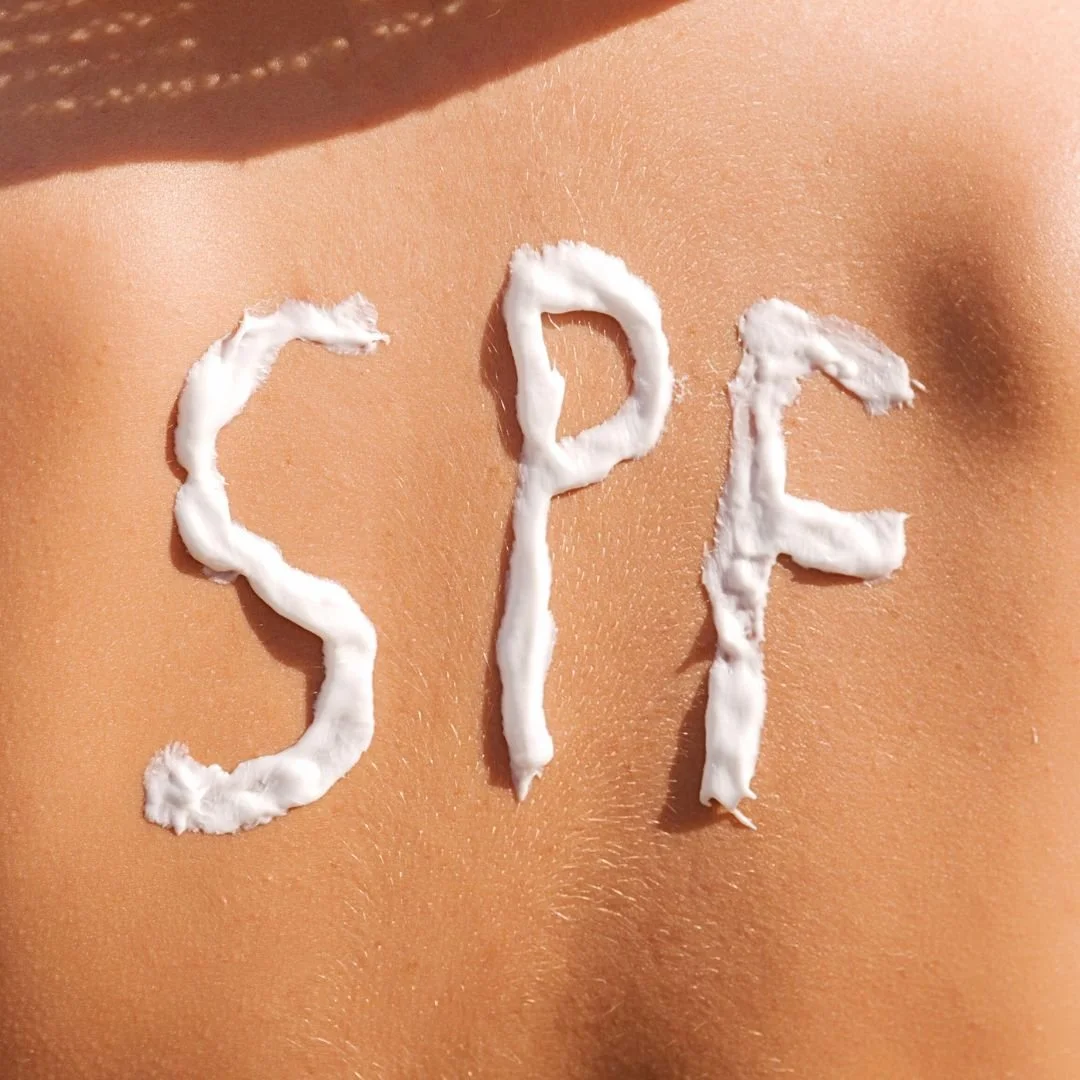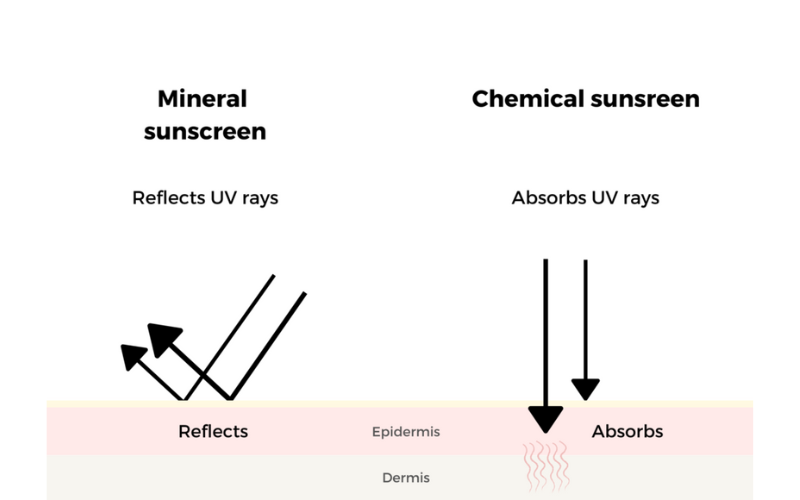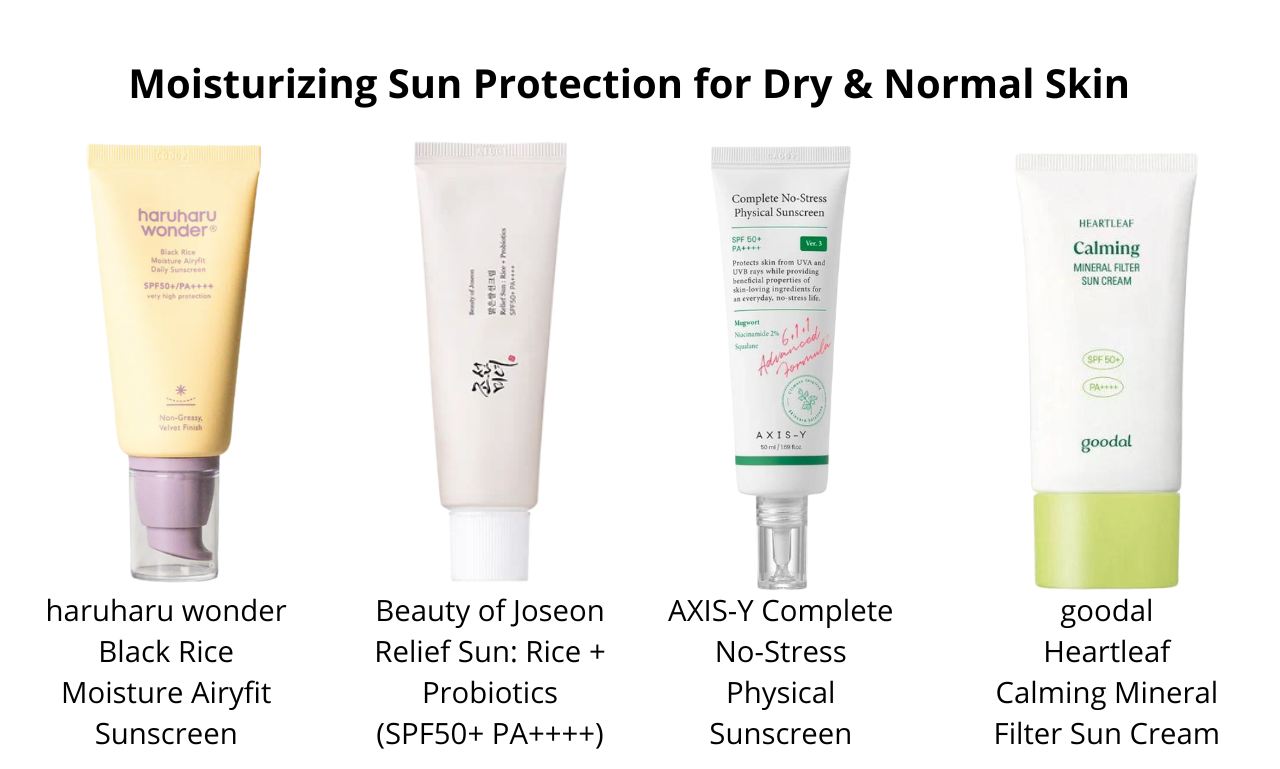Sunscreen 101: Complete Guide to Daily Sun Protection
A good sunscreen is hands down the number one anti-aging step you can take—not just to keep your skin looking youthful, but also to protect it from serious UV-related damage.
Even if you already know how important daily sun protection is, questions often come up: How much sunscreen is enough? How much should you apply in the morning? Should you wait a bit before heading outside, and do you really need to reapply every few hours? What does SPF even mean?
In this guide, I’ll answer all these common questions thoroughly, while also sharing tips inspired by Korean skincare to help you keep your skin healthy, glowing, and fully protected every day.
Table of Contents:
Why Sun Protection Matters
What Is Sunscreen and How Does It Work?
Understanding SPF and UV Protection
Choosing the Right Sunscreen for You
How to Apply Sunscreen Properly
Where in Your Skincare Routine Should You Apply Sunscreen?
Sunscreen Myths and Everyday Situations
Why Sun Protection Matters
Many people think sunscreen is only necessary during spring and summer, or when the sun is shining brightly, or if they’re planning to sunbathe. It’s easy to assume, especially in winter or on rainy days, that “the sun isn’t really out, so why bother with sunscreen?” But daily sun protection is important all year round—365 days, not just in the warmer months.
It’s true that in colder seasons, UVB rays—the ones that cause tanning—are less intense than on a bright summer day. But UVA rays, which are just as harmful, are present year-round. This is crucial because UVA exposure significantly accelerates skin aging.
This means that to prevent early signs of aging—like wrinkles, pigmentation, and sagging skin—it’s essential to use sunscreen every day. Plus, all the other steps in your skincare routine, whether you’re following a simple routine or a full 10-step Korean skincare regimen, work best when your skin is protected from UV damage.
What Is Sunscreen and How Does It Work?
The primary role of sunscreen, as the name suggests, is to shield your skin from both UVB and UVA rays. The easiest way to tell if a product offers sun protection is to look for the SPF (Sun Protection Factor) rating. SPF is a standardized, worldwide measurement that indicates how well a product protects against UVB rays—the ones primarily responsible for sunburn.
UVA protection doesn’t have a single universal label, but there are various systems and indicators that help you understand how effectively a product shields against these aging rays. Later in this guide, I’ll break down all the different UVA labeling methods so you can easily choose the best sunscreen for your skin.
Sunscreens can also be divided into two main types: chemical and physical filters. Chemical sunscreens absorb UV radiation and convert it into harmless heat, while physical (or mineral) sunscreens sit on top of the skin and reflect UV rays away. Both types can be highly effective, and many Korean skincare brands combine them to create lightweight, non-greasy formulas perfect for layering in a full skincare routine.
Understanding SPF and UV Protection
SPF (Sun Protection Factor) measures how well a sunscreen protects against UVB rays—the ones that cause sunburn. For example, SPF 30 blocks about 97% of UVB rays, while SPF 50 blocks around 98%. Another way to think about it: SPF 30 means your skin can handle 30 times more UVB exposure before starting to burn compared to no sunscreen.
UVA protection is labeled differently depending on the region:
EU & USA: The EU recommends UVA protection be at least one-third of the UVB protection, often indicated by a framed UVA symbol. In the US, look for “Broad Spectrum” on the label.
UVA-PF or PPD: Common in Europe, UVA-PF (UVA Protection Factor) and PPD (Persistent Pigment Darkening) indicate how long your skin can tolerate UVA rays before tanning or damage occurs. Higher numbers mean stronger protection.
PA system: Used in Japan and many Asian countries, the PA rating ranges from PA+ to PA++++, with more plus signs indicating stronger UVA defense.
Boots Star Rating: Popular in the UK, this system uses stars to show UVA protection relative to UVB. Five stars indicate the highest protection currently available.
Knowing these labels helps you choose a sunscreen that truly protects your skin from both burning and premature aging.
Choosing the Right Sunscreen for You
Sunscreens generally fall into two main types, each with distinct benefits:
Physical (mineral/inorganic) filters
Ingredients: zinc oxide, titanium dioxide
How they work: reflect UV rays off the skin while also absorbing a small portion
Pros: gentle on sensitive skin
Cons: may leave a subtle white cast; tinted versions can help
Chemical (organic) filters
Ingredients: classic filters like avobenzone, octinoxate, octocrylene, and newer ones such as Tinosorb S/M or Uvinul A/T
How they work: absorb UV rays and convert them into heat
Pros: lightweight, cosmetic-friendly formulas, high UVA protection
Cons: older filters may occasionally irritate sensitive areas
When it comes to SPF, a daily SPF 30 is generally sufficient, while SPF 50 can provide extra protection for higher sun exposure or specific skin concerns.
Tip: Layering sunscreens or SPF-containing products does not add up the SPF—the highest SPF you use is what counts. Always apply generously and reapply as needed to maintain effective protection.
How to Apply Sunscreen Properly
Most dermatologists agree that to cover your entire body, you need about one ounce (28 grams) of sunscreen—roughly the size of a small shot glass. For the face alone, studies suggest around 1/4 teaspoon (≈1.2 g), which is surprisingly more than most people use.
Texture matters too. Rich, creamy formulas require slightly less than a liquid sunscreen for the same coverage, so experiment to see what spreads best on your skin.
Foundation or BB cream with SPF can add a little extra protection, but they aren’t enough on their own—using the correct amount of dedicated sunscreen is key to effective daily protection.
Remember: more sunscreen is better than less—it’s the key to effective daily protection.
Where in Your Skincare Routine Should You Apply Sunscreen?
Experts agree: sunscreen should always be the last step in your morning skincare routine. Applying other products on top can reduce its effectiveness.
Pro tip: Use an antioxidant serum under your sunscreen to boost its protection. A vitamin C serum—especially one with vitamin E and ferulic acid—can multiply the effectiveness of both ingredients. For example, products like Torriden Cellmazing Vita-C Brightening Ampoule and JUMISO All Day Vitamin VC-IP 10 Firming Serum are excellent options.
Sunscreen Myths and Everyday Situations
Do I Really Need to Reapply Every Few Hours?
Sunscreen effectiveness decreases over time—even if you’re inside all day without direct sun exposure, it can drop by around 30%. If you spend a lot of time outdoors, it’s especially important to reapply every few hours. Even after a day in the office, a quick refresh is useful if you plan to go outside afterward. If you’re staying home all day, reapplying isn’t mandatory, but it’s still a good habit to start your day with a generous application.
Should I Wait Before Going Outside?
Sunscreen starts working immediately after application, protecting against UV rays right away. However, it’s a good idea to wait 8–15 minutes before applying makeup, getting dressed, or touching your face, so the protective layer can settle evenly.
What About Sitting Next to a Window?
Windows block UVB rays (the ones that cause sunburn), but UVA rays, which contribute to skin aging, still pass through. If you sit by a window for extended periods, consider reapplying sunscreen every few hours. Some people also use special UV-protective window films for extra defense.
Do I Need Sunscreen If I Never Go Outside?
Yes. UV rays penetrate window glass, and UVA rays can still affect your skin indoors. Making sunscreen a daily habit—like brushing your teeth—is the easiest way to protect your skin year-round, even in winter. Curtains or sitting away from windows help somewhat, but it’s best not to rely on them entirely.
Takeaway: Make Sunscreen Your Daily Habit
Sunscreen is your number one anti-aging and skin-protecting step, shielding you from UV damage, premature wrinkles, and hyperpigmentation. Remember these key points:
Apply every day, even when indoors or during winter
Use enough product—more is better than less
Reapply every few hours if you’re outside or exposed to direct sunlight
Layer wisely: sunscreen goes last in your skincare routine and before makeup
Boost protection with antioxidants or vitamin C serums underneath
Incorporating sunscreen into your morning routine can feel effortless—especially when paired with your favorite Korean skincare products. A thoughtfully crafted routine not only enhances the effectiveness of your other skincare steps but also helps your skin stay healthy, radiant, and youthful for years to come.




